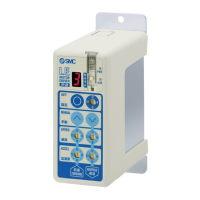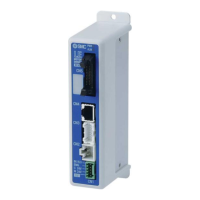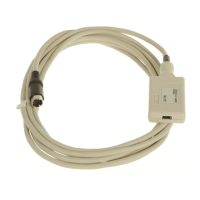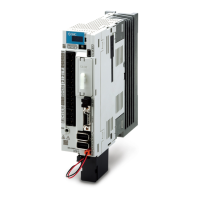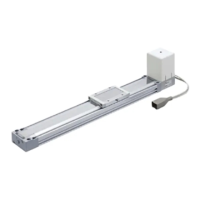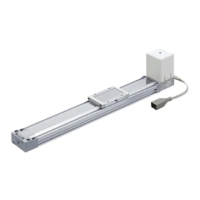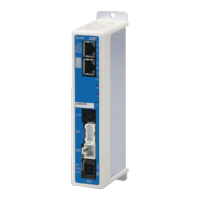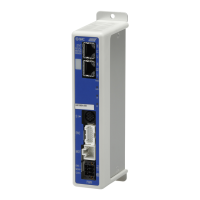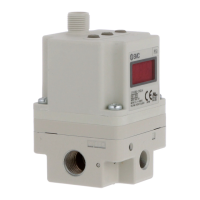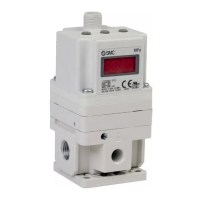What to do if my SMC Networks LECP1 does not operate?
- Bbarbara85Aug 5, 2025
If your SMC Networks Controller is not operating, there could be several reasons. First, check the supplied voltage and current to the controller's power supply. It may also be due to external equipment failure, in which case you should check the operation with a test run of the controller alone. Another potential cause is wiring failure; in this case, prepare a separate power supply for the CN1 controller input power supply and CN4 input / output signal power supply. Also, check the type of alarm if an alarm has been generated. If the problem continues to happen, it can be unlocking error. Finally, confirm that the combination of the actuator part number which is applicable for the controller and the used actuator is correct.
